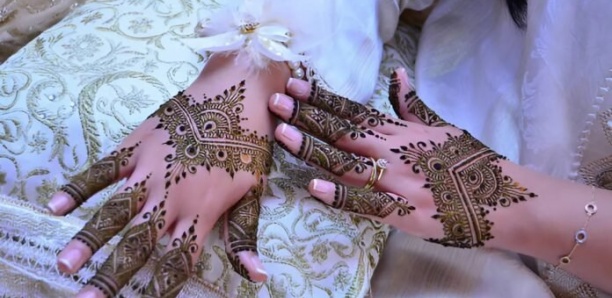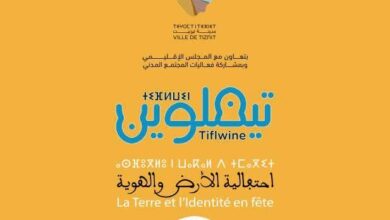Henna and Its Rituals Integrated into UNESCO’s Intangible Cultural Heritage

UNESCO Recognizes Henna and Associated Rituals as Intangible Cultural Heritage
UNESCO has announced that henna and the associated rituals, particularly in Arab countries like Morocco, have now been inscribed on the list of the intangible cultural heritage of humanity. This move marks an international acknowledgment of this ancestral practice.
Henna, a plant whose leaves are dried and ground into a powder before being transformed into a paste, is used for various rituals, most notably for creating temporary tattoos on women’s hands, feet, and sometimes other parts of their bodies, especially during weddings. It is also used to dye hair and is sometimes applied to babies for good luck, according to UNESCO.
The organization emphasizes that henna embodies the life cycle of an individual, marking significant milestones from birth to death. This practice is often accompanied by songs and oral stories, rooted in ancient social traditions passed down through generations.
The designs created with henna vary according to the regions. In North Africa, the patterns are often inspired by Amazigh art, while in the Arabian Peninsula, the floral motifs tend to be bolder and more intricate.
This recognition as intangible heritage has been supported by sixteen Arab countries, including Morocco. The Intergovernmental Committee for the Safeguarding of the Intangible Cultural Heritage, which has been convened since Monday in Asunción, Paraguay, is responsible for reviewing this proposal among others during its sessions, which will continue until Thursday. During this period, it will also decide on the inscription of 66 new elements that represent diverse community traditions.





